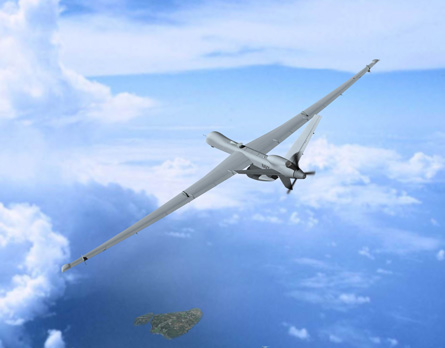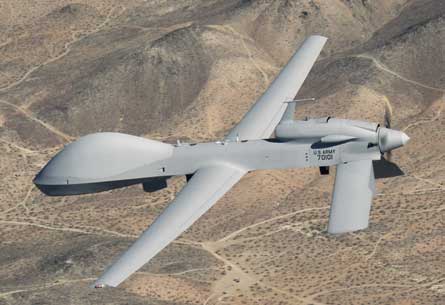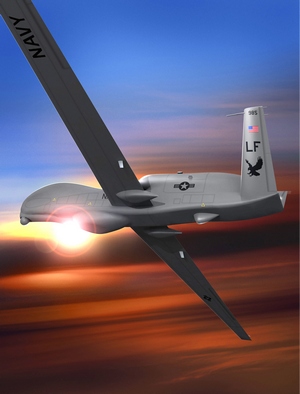New documents released on 20 August reveal the US Navy rejected a joint Lockheed Martin/General Atomics Aeronautical Systems bid for a major aircraft contract mainly because of the team's poor performance record.
The redacted, 22-page decision by the US Government Accountability Office explains two major decisions: the late-April contract award to Northrop Grumman's RQ-4N Global Hawk for the Broad Area Maritime Surveillance deal and the GAO's rejection of Lockheed's protest on 8 August.
Lockheed's bid, based on the Mariner variant of General Atomics' popular Predator B airframe (pictured below), failed to win the contract despite an estimated 33% cost advantage compared with the RQ-4 proposal, the GAO says.
 |
|---|
© General Atomics |
But the USN's choice of a more expensive aircraft was justified, the GAO found. The Global Hawk's higher performance score and the navy's legitimate doubts about the Lockheed/GA-ASI team's ability to avoid cost overruns and deliver the aircraft on time justified paying the higher price, it says.
Past performance by General Atomics, in particular, troubled the USN's selection team for BAMS.
"According to the [USN] evaluators, the customer feedback for GA-ASI's contracts was remarkably consistent across contracts, identifying difficulties in managing workload, problems with executing systems engineering and systems integration tasks, and problems with properly staffing a project," the GAO decision says.
The same document also includes a critical report of the General Atomics performance submitted by a US Army contract officer working on the MQ-1C Sky Warrior unmanned aircraft system programme (pictured below). "Management task saturation couple with [GA-ASI's] highly centralised management structure both contribute towards the delays with the integration testing and co-ordination efforts. [GA-ASI] has made limited corrective actions and usually not without governmentinsistence," the letter says.
 |
|---|
© General Atomics |
The GAO's review concluded that General Atomics' performance scores on the MQ-1C contract continued to decline without showing progress, so the USN "reasonably" found no evidence of systemic improvement.
Lockheed has declined to comment specifically about past performance issues, saying only that it is "focused on meeting our commitments" to the USN. General Atomics was unavailable for comment.
Navy officials also ranked the RQ-4N's effective time on station - a key performance discriminator - as being 11.5% higher than the Mariner proposal, and 3.4% greater than a Boeing/Gulfstream proposal based on the G550 business jet.
 |
|---|
© Northrop Grumman |
The GAO decision means the USN is clear to begin purchasing about 60 RQ-4Ns to join its future fleet of 108 Boeing P-8A Poseidon multi-mission maritime aircraft and around 20 EP-X manned surveillance aircraft to replace hundreds of ageing Lockheed P-3C Orions and EP-3E Aries IIs.
Source: Flight International























